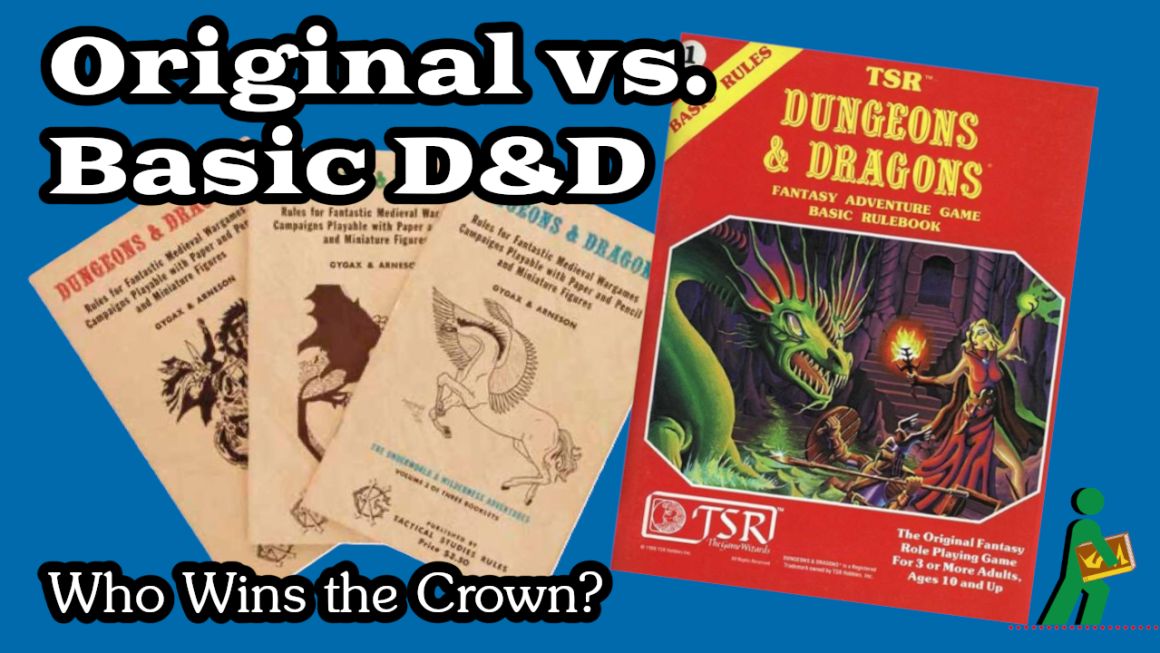
Original vs. Basic D&D | Who Wins the Crown? | Wandering DMs S06 E24

Let’s chat about two of our favorite editions of early D&D — Original D&D (1974) and Basic D&D (1981)! Dan & Paul run most of D&D in similar ways, but their instincts sometimes differ in which of these traditions they’re coming from. What changes were made by the brilliant Tom Moldvay in Basic D&D? Were they for the better, or worse? What should new players start with today for that classic D&D experience?
The original Dungeons & Dragons (commonly abbreviated D&D) boxed set by Gary Gygax and Dave Arneson was published by TSR, Inc. in 1974. It included the original edition of the Dungeons & Dragons fantasy role-playing game. The original Dungeons & Dragons boxed set was the first published role-playing game, a fantasy game system modeled on medieval Europe. This set introduced elements which would become standard in later editions, including abilities (such as strength, intelligence, and dexterity); character classes (fighting-man, magic-user, cleric) and character levels; races (human, dwarf, elf, halfling); armor class; monsters and treasure; underground dungeons consisting of halls, rooms, and doors protected by tricks and traps; and magic items, such as intelligent swords.
After the release of the AD&D game, the Basic Set saw a major revision in 1981 by editor Tom Moldvay. The game was not brought in line with AD&D but instead further away from that ruleset, and thus the basic D&D game became a separate and distinct product line from AD&D. The former was promoted as a continuation of the tone of original D&D, while AD&D was an advancement of the mechanics. The revised version of the set included a larger, sixty-four page rule book with a red border and a color cover by Erol Otus, the module B2 The Keep on the Borderlands, six polyhedral dice, and a marking crayon. The book came drilled with holes so that it could be used in a three-ringed binder, and the full set of off-white polyhedral dice came in a heat-sealed bag with a small wax crayon for coloring the numbers on the dice.
This description uses material from the Wikipedia articles “Dungeons & Dragons (1974)” and “Dungeons & Dragons Basic Set“, which is released under the Creative Commons Attribution-Share-Alike License 3.0.

